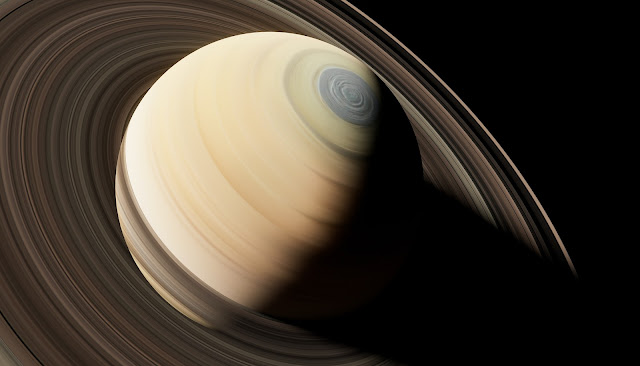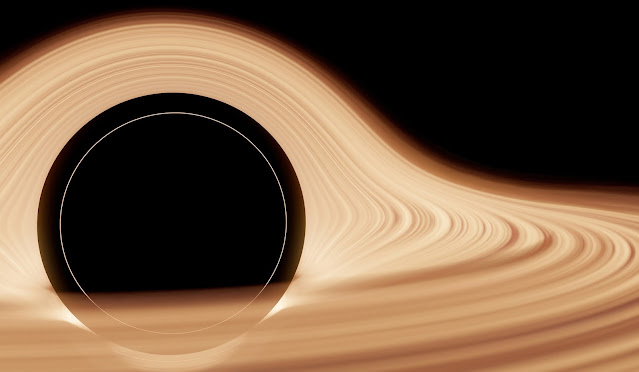Age of Saturn's ring system revealed by latest studies
Saturn, a gas giant with a diameter of 116,460 km, is also the second-largest planet in our solar system. Saturn's beautiful ring system makes it unique from other planets in our solar system. Astronomers have long debated the age of Saturn's unique ring system. Recently, a group of researchers, including Sascha Kempf, a physicist working at the University of Colorado Boulder, was able to put an answer to that controversy. According to the findings of these latest studies, Which had initially published in the journal Science Advances., which had posted on May 12, it has had discovered that the age of Saturn's ring system is about 400 million years.
Accordingly, the age of this ring system is much less than the age of Saturn, which is 4.5 billion years. According to Sascha Kempf, associate professor at CU Boulder's Laboratory for Atmospheric and Space Physics (LASP), who led the study, they focused more on the composition of the dust that contributed to the formation of Saturn's rings. He says that streams of small rocky material constantly move through our solar system, creating thin layers of dust around planets like Saturn. In the case of Saturn, this ring-shaped layer consists of rocky ice fragments. In this latest study, Kempf and his colleagues determined the age of Saturn's ring system by calculating the rate at which the layers of dust build up that contributed to the creation of Saturn's ring system.
These dust particles have been studied in orbit around Saturn for 13 years from 2004 to 2017 using the Cosmic Dust Analyzer instrument on NASA's Cassini spacecraft, which was launched to explore Saturn and its moons. The data from 163 pieces of ice and dust particles collected during this period have been used by Professor Sascha Kempf's research team for these studies. It had revealed that the time it took for this dust to gather together to create the ring system around Saturn was hundreds of millions of years.
But although the age of Saturn's ring system was found, it has yet to reveal how the ring system had formed. This fantastic ring system around Saturn was discovered 413 years ago, in 1610, by an Italian astronomer, Galileo Galilei. But even though he had the opportunity to observe this ring system for the first time, he had yet to learn what they were. However, in 1659, a Dutch astronomer, Christiaan Huygens, first discovered that this was a ring system around Saturn. The book "On the Stability of the Motion of Saturn's Rings," published by James Clerk Maxwell, a Scottish mathematician and scientist in 1859, stated that Saturn's ring system does not take the form of solid but had made up of individual parts.
According to current astronomical knowledge, it has been discovered that this ring system around Saturn consists of 7 rings and is composed of ice pieces the size of a regular boulder found on Earth. The total weight of these ice pieces that make up this ring system is about half the weight of Mimas, a moon belonging to Saturn. And this ring system extends to a distance of approximately 175,000 km from the surface of Saturn. According to Professor Kempf, astronomers in the 20th century believed that the age of Saturn's ring system and Saturn were the same. About 98% of Saturn's rings are made of pure water ice and the remaining small percentage of rocky material.
From 2004 until September 2017, when the Cassini spacecraft was destroyed during its entry into Saturn's atmosphere, until the end of its operational period, these studies have been used for particle sample data collected using the Cosmic Dust Analyzer instrument while in orbit around Saturn. Meanwhile, engineers and scientists at the Laboratory for Atmospheric and Space Physics (LASP) affiliated with the University of Colorado Boulder have created a more sophisticated dust analyzer for NASA's upcoming Europa Clipper mission to be launched in 2024. It also has the potential to accumulate a quantity of interplanetary debris equal to 1 gram per square foot of surface around Saturn within a year.






Comments
Post a Comment